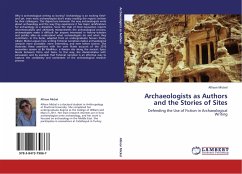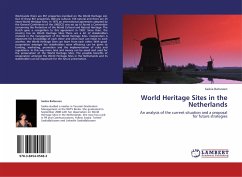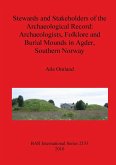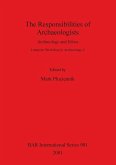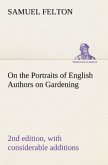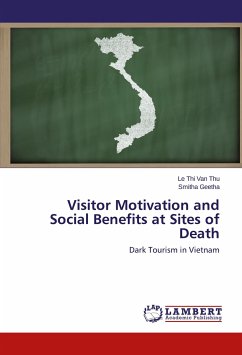Why is archaeological writing so boring? Archaeology is an exciting field--and yet, even most archaeologists don't enjoy reading the reports written by their colleagues. This disjuncture between the way archaeologists write about archaeology and the way they experience it has major ramifications for archaeology as a discipline. Since the style of most excavation reports decontextualizes and ultimately misrepresents the archaeological process, archaeologists make it difficult for anyone interested in history--scholars and publics alike--to understand what archaeologists do and what they contribute. In this book, adapted from an undergraduate honors thesis, Allison Mickel argues how writing fictional narratives makes archaeological research more accessible, more interesting, and even better science. She illustrates these assertions with her own fictive account of the 2010 excavation season at Bir Madhkur, a Roman site along the ancient Spice Route between Petra and Gaza. In this way, she demonstrates with persuasion and by example that fictional narrative is an effective way to capture the complexity and excitement of the archaeological research process.
Bitte wählen Sie Ihr Anliegen aus.
Rechnungen
Retourenschein anfordern
Bestellstatus
Storno

